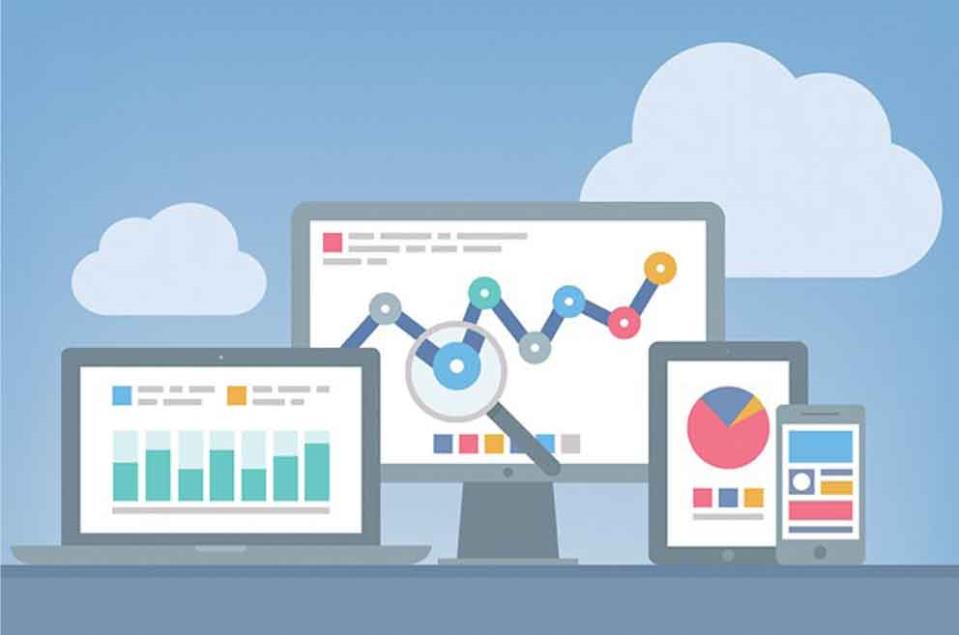#12: A better performance through Google Analytics
Written by Claudio Laferla, MITA Knowledge Management Centre Executive
I would like to start this article by asking the following question: Why would someone need to implement the Google Analytics? The answer is simple: for better performance!
In a recent Forrester report (May 2015), it was concluded that 64% of marketers stated that better data helped their prospects. This is not a surprising evidence! How can anyone satisfy the customer needs - whatever these needs are - without having the right and up-to-date information regarding their needs, preferences, time-frames, likes, places, design, spending power, computer usage, etc.
The more data one has on the clients, the better the possibility of product/service success. Consequently, a service such as that of the like of Google Analytics would assist brilliantly the data analysis. Google Analytics provide a variety of analysis of the website(s), blog(s) or any other online URL, which may be accessed in real time so that the information available is always current.

Analytics provide a variety of options to be assessed and acted upon. I will discuss a few of them. The 'Personal aspect' - marketers must be smart enough to tailor make the product(s)/service(s) as personal as possible. Everybody desires attention and care. This makes them feel important and not just a money-making individual. When analytics form part of the daily routine for marketers, the aspect of personalisation becomes easier to achieve, resulting in a happier and recurring clientele.
Another aspect for companies which may avail themselves of the power of analytics are 'Trends'. Knowing when to introduce and promote 'Trends' forms part of the marketer's strategy. The effect of the 'Trend' may not only be on a micro level but also on a macro environment. This depends on the timing of which data may be deduced from applying analytics to the marketing approach.

'Customer behavioural patterns' may be also monitored and analysed through analytics. Having various customer details at hand helps the marketer prepare and act without annoying too much the customer. The customer behaviour patterns also include, for example, how the set-up of the retail shop helps and/or disrupts a customer; for how long does a customer stop at a particular stand; or where do customers go as soon as they enter the shop. These are all important questions which may provide valuable data through analytics. Without doubt, this leads to proposing better campaigns, which will in turn help acquire more clientele and possibly more revenue.
However, one of TED's Talks addresses a particular aspect of marketing, namely, "Why a customer will purchase that product?" There must be a reason for 'Why.' The marketer will do well to discover the answer to this question.